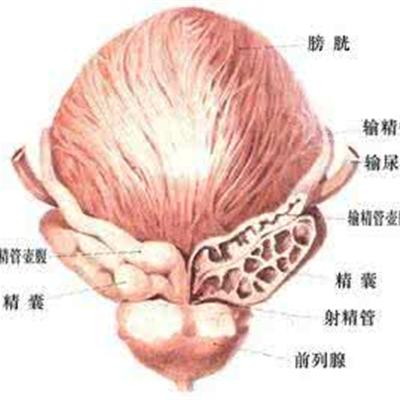What are the examination items of hepatic porphyria?
summary
Hepatic hematoporphyria is also known as Waldenstrom syndrome and acute intermittent porphyria (AIP). This disease is a series of symptoms such as intermittent abdominal pain, vomiting, constipation and neuropsychiatric symptoms caused by the disorder of porphyrin metabolism in the liver. Most of them are young adults. Let's share my experience with you.
What are the examination items of hepatic porphyria?
The excretion of urinary porphyrin and fecal porphyrin increased in 24 hours. 24-hour uroporphyrin δ- Aminolevulinic acid increased. The deficiency of urinary protoporphyrin synthetase (normal > 30 mmol porphyrin / 1 ml RBC · h) was detected.

The key to diagnose the disease is to raise the vigilance of the disease. Because the disease is relatively rare, and no special symptoms, often cause misdiagnosis, misdiagnosis rate of 73%. The abdominal pain of this disease should be differentiated from acute abdomen such as cholelithiasis, ulceration and other diseases.

Neuropsychiatric symptoms should be differentiated from pellagra, scleroderma and dermatomyositis. When the disease appears positive urobilinogen, it should be differentiated from symptomatic porphyrin urine caused by lead, gold, arsenic, alcohol, benzene, carbon tetrachloride poisoning, aplastic anemia, parenchymal liver disease, connective tissue disease, Hodgkin's disease, leukemia, etc.

matters needing attention
1. Reduce skin damage, avoid sunlight and trauma, wear protective clothing. 2. Try to avoid inducements such as overwork, mental stimulation and hunger, infection, prohibition and so on. 3. Patients should be cautious in the use of barbital, methylpropyl ester (mianertong), sulfonamides, phenytoin sodium, griseofulvin and estrogen to avoid inducing or aggravating the disease.









